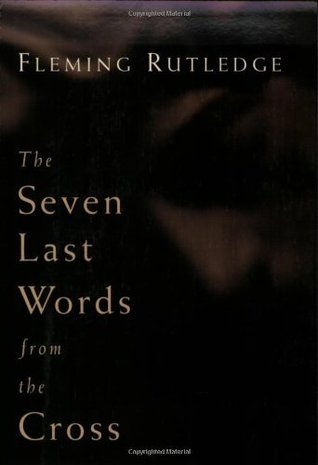More on this book
Kindle Notes & Highlights
In Jesus’ time, crucifixion was not against the law. It was carried out by the law. It was an exceptionally gruesome method of torturing a person to death, carried out by the government not in secret dungeons but in public.
Throughout his life, Jesus aligned himself with the “bad elements.” In his death, it was the same: he was crucified between two “malefactors,” two wrongdoers. You have probably heard the familiar saying that Jesus was crucified not on the altar between two candles but on Golgotha between two thieves. That’s a good saying, isn’t it? But it doesn’t go quite far enough, because they weren’t just thieves. According to Mark and Matthew, they were worse than mere thieves; they were bandits, armed robbers, men of violence, prepared to kill as well as steal. This indeed is an “element” wildly unsuited
...more
“Jesus, remember me when you come into your kingdom.” That is what the second thief said. In the Old Testament, when God “remembers,” it has a distinct meaning. It does not mean “to think about” or “to recall to mind.” That would not mean very much. When God “remembers,” he does not just think about us. He acts for us, with power to save. Somehow the crucified criminal on Jesus’ right was enabled to see something that day that no one else saw. He saw Jesus reigning as a King and determining the destinies of people even in his tormented and dying state. To see him that way, Luke is telling us,
...more
Jesus, in his death, takes the part of all those who suffer from the curses of others.


